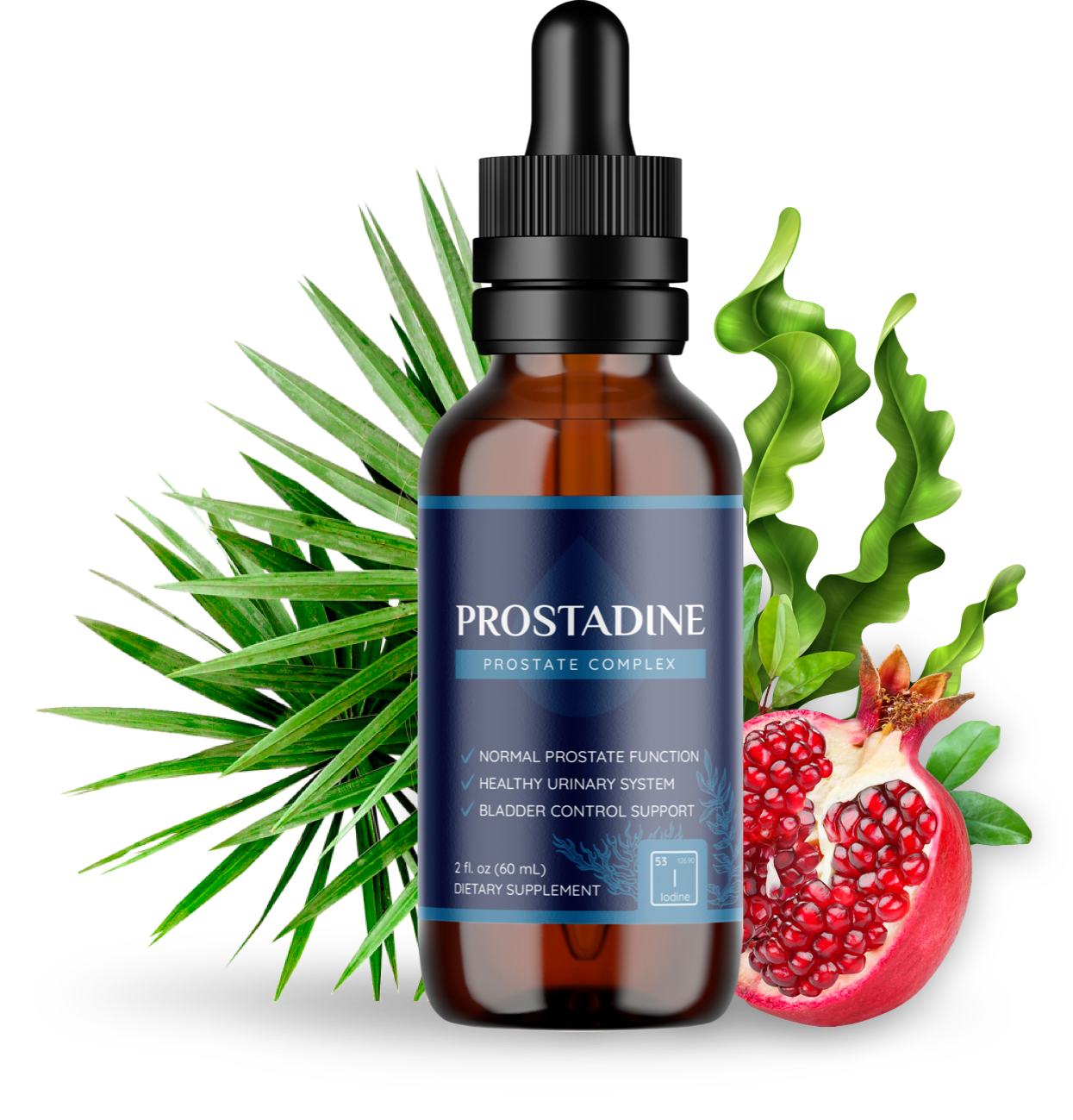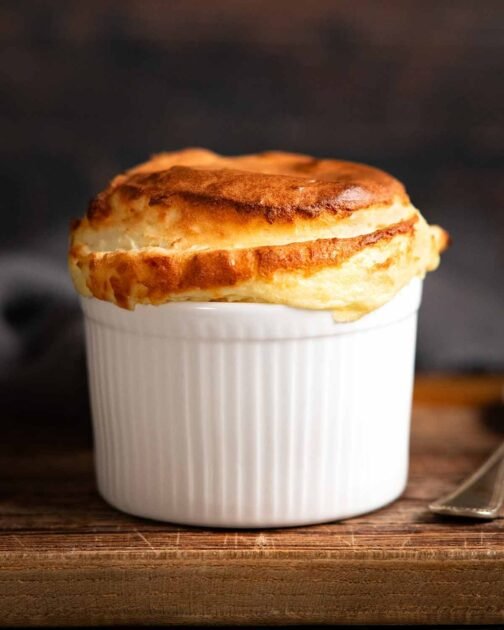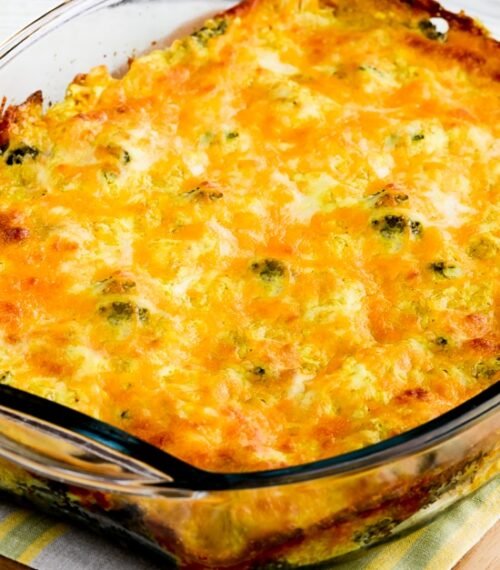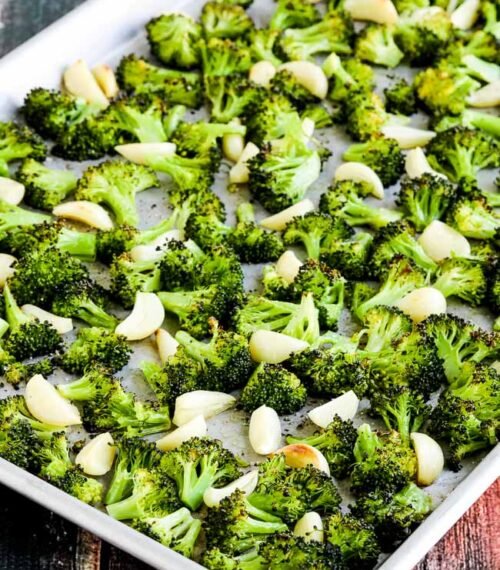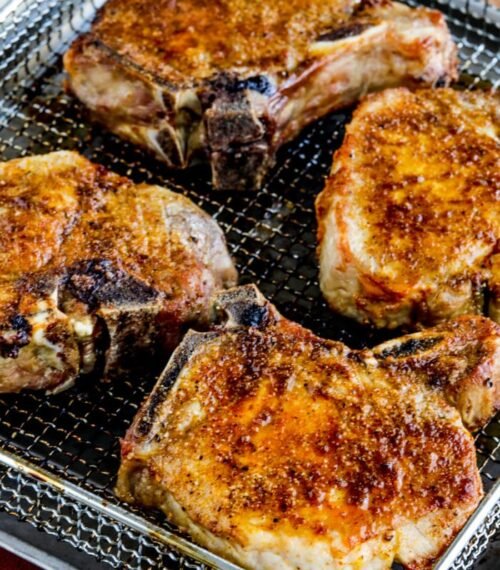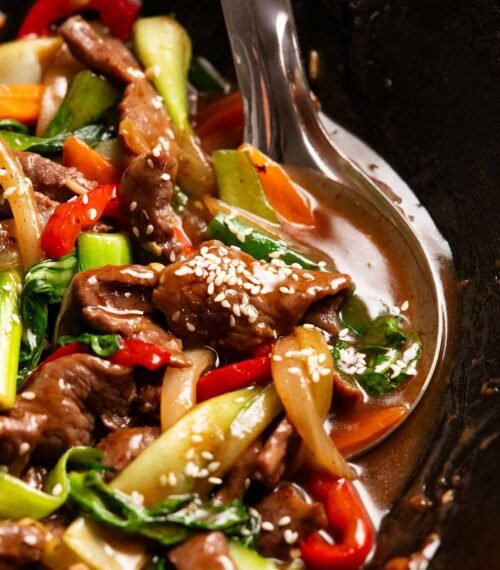Cheese Soufflé is a classic French dish made from basic ingredients – eggs, milk, butter and cheese – that turns into something special. It puffs up beautifully with a golden top and airy centre. There’s no need to be intimidated, with the right technique, soufflé is easier than you think! I promise!

Nagi’s Notes
![]()
If there’s one thing I learnt from watching JB make over 30 versions of soufflé, it’s this: getting that big golden puff is easy. But getting one that’s custardy-fluffy inside, actually tastes of cheese, and stays puffed long enough to get to the table, allow time for the oohs, ahhs and photos and still be puffed when you dig into it? That’s a unicorn.
But that’s exactly what you get with JB’s Cheese Soufflé. Hand on heart, this is the best soufflé I have ever had in my life. It is a stunner. I hope you love it as much as I do!

Cheese Soufflé
Hi everyone, thanks so much for the kind feedback after my first recipe, Chicken Chasseur. I couldn’t resist following it up with another French classic, Cheese Soufflé!
It’s one of those dishes that looks tricky to make but really isn’t. You just have to make sure it’s served straight away while it’s still puffed and proud! I still remember my restaurant days when soufflé was on the menu, it was pure chaos every time one came out of the oven. The second it was ready, someone would yell “Soufflé!!” across the kitchen and hope the wait staff would magically appear immediately to dash it to the table. Because if there’s one rule we all lived by, it’s this: Monsieur Soufflé doesn’t wait.
Here’s what a soufflé looks like straight out of the oven, and then again five minutes later. Sure, it’s best to dive in when it’s puffed and golden, but even after it drops a little, it’s still soft and airy inside and just as good to eat.


About this Cheese Soufflé
This is a very classic French soufflé made by folding Mornay sauce into whipped egg whites for that golden, fluffy rise. (Mornay sauce is simply béchamel sauce with cheese melted through it.)
What makes this recipe different from most soufflés is that I use almost twice the usual amount of Mornay sauce. It gives the soufflé a real cheese flavour (rarer than you’d think!) and a luxuriously custardy, cloud-like centre that is truly restaurant quality – the standard the chefs I worked for expected of me.
A bit of cream of tartar helps the soufflé stay stable without losing its light texture. We didn’t use it in restaurants, but I recommend it for home cooking as a little safety net.
I’ve lost count on how many times I’ve tested this. Probably over 30 by now. But this didn’t affect my desire to show you how to make it so let’s get started!


Ingredients
Nothing fancy here, just everyday ingredients that turn into something really special once they hit the oven!

Milk, full fat – Just plain cow milk. Low fat works as well. Do not substitute with non-dairy milk.
Unsalted butter – For making the roux (the base of the Mornay sauce). If you only have salted, reduce the added salt.
Plain flour (all-purpose flour) – Thickens the béchamel and stabilises the whipped eggs so it stays aerated and fluffy once baked. Make sure to cook it for a couple of minutes with the butter so you don’t end up with a raw flour taste.
Egg – We use the yolks to enrich the sauce. And the whites are the secret to that beautiful lift! Separate the eggs when fridge cold – it’s easier – then let them come to room temperature before you start the recipe. Bonus point: you’ll have an extra yolk to use for one of these recipes!
Gruyère cheese – Classic choice for cheese soufflé! With excellent melting qualities, Gruyère gives beautiful flavour without being overpowering. Comté is the closest match but can be a bit pricey here in Australia, feel free to use it if it’s affordable where you are. Swiss cheese / Emmental would be my next choice. Otherwise use your favourite melting cheese like Cheddar (mild ones), Monterey Jack, Colby or Tasty.
Cream of tartar – Helps stabilise the beaten egg whites so they stay fluffy and don’t weep. We use the minimum amount here because using more compromises the texture (I tested). Using it also allows you to get more time to fold, fill, and bake your soufflé without losing volume. If you don’t have any, no worries, your soufflé will still rise beautifully, it just won’t stay puffed up quite as long.
Salt – Cooking salt / Kosher salt, just enough to bring out the cheese flavour. Remember, cheeses can vary in saltiness, so taste your Mornay sauce before adding more.
White pepper – Used instead of black pepper so you don’t get little black specks showing through your beautiful golden soufflé. It gives a gentle warmth and mild spice. But if you don’t mind the look, black pepper works fine too!.

How to make Cheese Soufflé
Soufflés have a bit of a “scary” reputation, but honestly, they’re easier than you think. It’s just a fancy name for a cheese sauce puffed up with egg whites after all. Once you know how to do that, you’re set. The oven does the rest!
1. Preparation

Preheat the oven – Preheat to 200°C / 400°F (180°C fan). The oven needs to be really hot before you start, that first burst of heat helps the soufflé rise tall. If the oven isn’t hot enough, the soufflé won’t lift properly.
Prepare the ramekins – Brush the inside of 4 (325 ml / 1 1/3 cup) ramekins well with melted butter using a pastry brush, then place them on a baking tray. (There is a brushing upwards technique often used for soufflés but that’s only useful when the soufflé mixture goes in cold. Ours is warm, so no need for that trick, yes, I’ve tested it! It works great for cold mixtures like chocolate soufflés. Coming soon? Maybe!!!)
2. Make Mornay sauce (cheese sauce)
Mornay sauce is simply béchamel sauce enriched with egg yolks and cheese. It’s not difficult to make at all.

Heat the milk – Pour the milk into a small saucepan and place it over medium heat. Warm it until you see steam rising, but don’t let it boil. Set it aside.
Make the roux – While the milk warms, melt the butter in a large saucepan over medium heat. Add the flour and whisk gently. It will look thick and pasty at first, like wet sand. Keep whisking for about 2 minutes until it becomes smooth and shiny. Make sure to scrape into the corners of the pan and don’t let it brown. If it’s cooking too fast, lower the heat.

Make Béchamel – Slowly add one-third of the hot milk to the roux while whisking quickly. It will thicken right away. Then add half of the remaining milk, whisk until smooth, and finally add the rest along with the salt and pepper. Keep whisking for about a minute until the sauce is thick, smooth, and lump-free.
Check the thickness – When you drag a spatula through the middle of the sauce, it should leave a clear path that holds its shape for a moment before slowly closing.

Add the yolks – Turn off the heat and whisk in the egg yolks one by one. They won’t cook, they will just blend in to make the sauce richer.
Add cheese and turn it into a Mornay sauce – Turn the heat back to medium and whisk in the grated Gruyère until melted and smooth. Scrape down the sides, cover with a lid, and set aside. Congratulations – you’ve just made a Mornay sauce!
3. Folding in the Egg Whites and Baking

Beat the egg whites – Put the egg whites and cream of tartar in a large bowl. Using a hand mixer or a stand mixer fitted with the whisk attachment, start beating on medium speed for about 2 minutes until soft peaks form.
Finish the egg whites – Increase the speed to high and beat for another 30 seconds until firm peaks form (see photo above). Starting slowly helps the whites build a stable structure. If you rush, they’ll turn foamy and collapse later, I’ve learned that the hard way!

Fold gently – Using a hand whisk, give the Mornay a quick whisk to make it smooth again. Add a quarter of the beaten egg whites and whisk it in to loosen the Mornay sauce. Then, using a rubber spatula, gently fold in one-third of the remaining whites. Use slow, sweeping motions from the bottom of the bowl, you want to keep as much air as possible. (See video at 2.15 minutes). Rough folding = flat soufflé.
Finish the mixture – Repeat folding two more times until all the egg whites are just combined. Don’t worry about a few white streaks, they’ll blend in later.

Fill the ramekins – Use a ladle or large spoon to fill the ramekins to about 1 cm / 0.4″ below the rim. Smooth the tops with the back of a spoon dipped in water. ⚠️ Don’t overfill or they’ll overflow. And if you don’t fill enough, they won’t rise above the rim impressively.
Clean the rims – Run your thumb around the inside rim of each ramekin to clean it, this gives the soufflé a clean edge to rise against.

Bake – Place the ramekins on a tray and bake for 20 minutes until tall and golden, but it jiggles if you give the ramekin a gentle shake. Do not open the oven door, the sudden drop in heat will make them sink. So no peeking! 🫣
Serve immediately – Once out of the oven, serve right away. Soufflés rise beautifully but fall fast, that’s just how they are! So make sure everyone’s ready at the table to enjoy the moment.


How to serve Cheese Soufflé
I personally love soufflé on its own but you could definitely pair it with a mixed leaves salad seasoned with an everyday dressing, a side of roasted cauliflower, garlic butter mushrooms or sautéed spinach. And maybe some bread because it’s French. ☺️
And there you have it, the classic French Cheese Soufflé. It looks fancy, but it’s made from simple ingredients. If you’ve ever thought soufflés were too hard, I hope this recipe changes your mind. Just follow the steps, don’t peek in the oven, and trust the process, it will rise! Serve it straight away with a glass of white wine (Chablis would be my choice), and you’ll feel like you’re in a little café in France.
You’ve got this! Bon appétit 😋 – JB
FAQ – Cheese Soufflé / Soufflé au Fromage
The soufflé will still hold a decent shape until the 2 minutes mark and then will gradually deflates. It will stop collapsing after about 5 minutes, that’s its final stage of settling (check photos above).
If you put too much mixture, the soufflé will rise and spill over the sides. If you don’t put enough, it won’t rise properly and will look a bit flat.
Of course you can! I use large ramekins for this recipe, 250ml / 1 1/3 cup (10 cm/ 4″ wide and 6.5 cm / 2.5″ tall (main course size).
Here are other options:
Family size ramekins – If making one big soufflé (1.25L / 5 cups ramekin for 5 people), use 5 egg whites and 4 yolks. For larger sizes, just click on servings at the top of the recipe card to scale the recipe up.
Medium ramekins – 250ml / 1 cup (9 cm / 3.5″ wide and 5.5 cm / 2.2″ tall). Makes 5 portions and cooks in around 15 minutes. Great for both starters and mains, depending on what you serve with it.
Small ramekins – 150ml / 2/3 cup (8.5 cm / 3.3″ wide and 4 cm / 1.6″ tall). Makes 10 portions and also cooks in 15 minutes. Perfect for appetisers.
Unfortunately you can’t. That was part of my testing. Cheese soufflé has a base full of butter and cheese. If you chill it, those parts harden, and when you bake it later, it won’t rise properly and can turn heavy instead of light and fluffy.
Same as for the Chicken Chasseur, Nagi and I worked on the photos as a team. I led the styling, and she did most of the editing. I’m still learning, so there’s plenty of room to grow! I shot the video myself with Herron, our video editor (the same one who edits Nagi’s videos), and she handled the final edit.
I developed this recipe based on others recipes I’ve used in the past , then adapted it for home kitchens. I’ve lost count, but I’ve probably cooked it around 40 times, testing everything from fewer eggs and more flour to different cheeses and ratios. It was a long process, but a fun one!
Nagi tested it three times, twice when I asked for her feedback and again for the final version. And of course, she made sure to be there for every taste test as you can imagine! ☺️
Watch how to make it
Hungry for more? Subscribe to my newsletter and follow along on Facebook, Pinterest and Instagram for all of the latest updates.

Cheese Soufflé – Soufflé au Fromage
Ingredients
Instructions
ABBREVIATED RECIPE
Preparation
Make Mornay sauce (cheese sauce)
Folding in the Egg Whites and Baking
Recipe Notes:
Nutrition Information:
Life of Dozer
Dozer helping me to finalise the post, making sure things are done right!









































